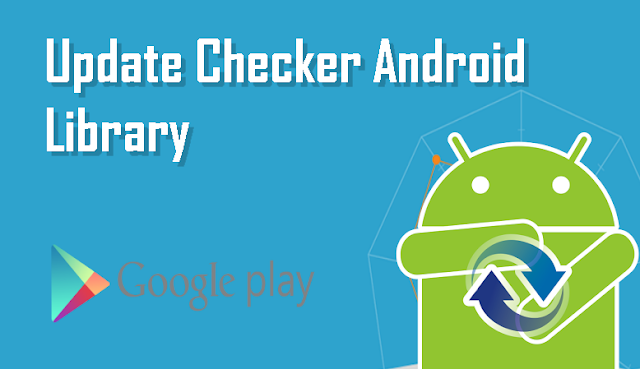Featured In

Created By

How to use this Library:

Gradle:
compile 'androidmads.updatehandler:updatehandler:1.0.3'<dependency>
<groupId>androidmads.updatehandler</groupId>
<artifactId>updatehandler</artifactId>
<version>1.0.3</version>
<type>pom</type>
</dependency>How to use this Library:
After importing this library, use the following lines to check version update for your application automatically.
Demo:
/**
* This library works in release mode only with the same JKS key used for
* your Previous Version
*/
UpdateHandler updateHandler = new UpdateHandler(MainActivity.this);
// to start version checker
updateHandler.start();
// prompting intervals
updateHandler.setCount(2);
// to print new features added automatically
updateHandler.setWhatsNew(true);
// to enable or show default dialog prompt for version update
updateHandler.showDefaultAlert(true);
// listener for custom update prompt
updateHandler.setOnUpdateListener(new UpdateListener() {
@Override
public void onUpdateFound(boolean newVersion, String whatsNew) {
Log.v("Update", String.valueOf(newVersion));
Log.v("Update", whatsNew);
}
});Demo:
Alert Without What' New

Alert With What' New

Update Prompt with Custom Listener


Komentar
Posting Komentar